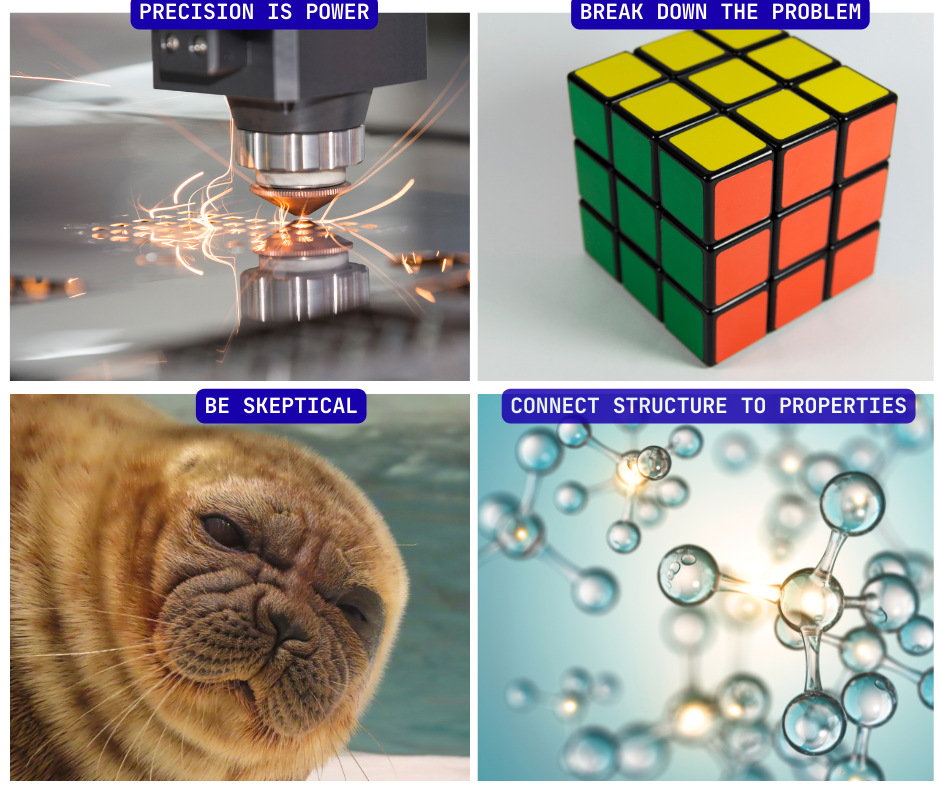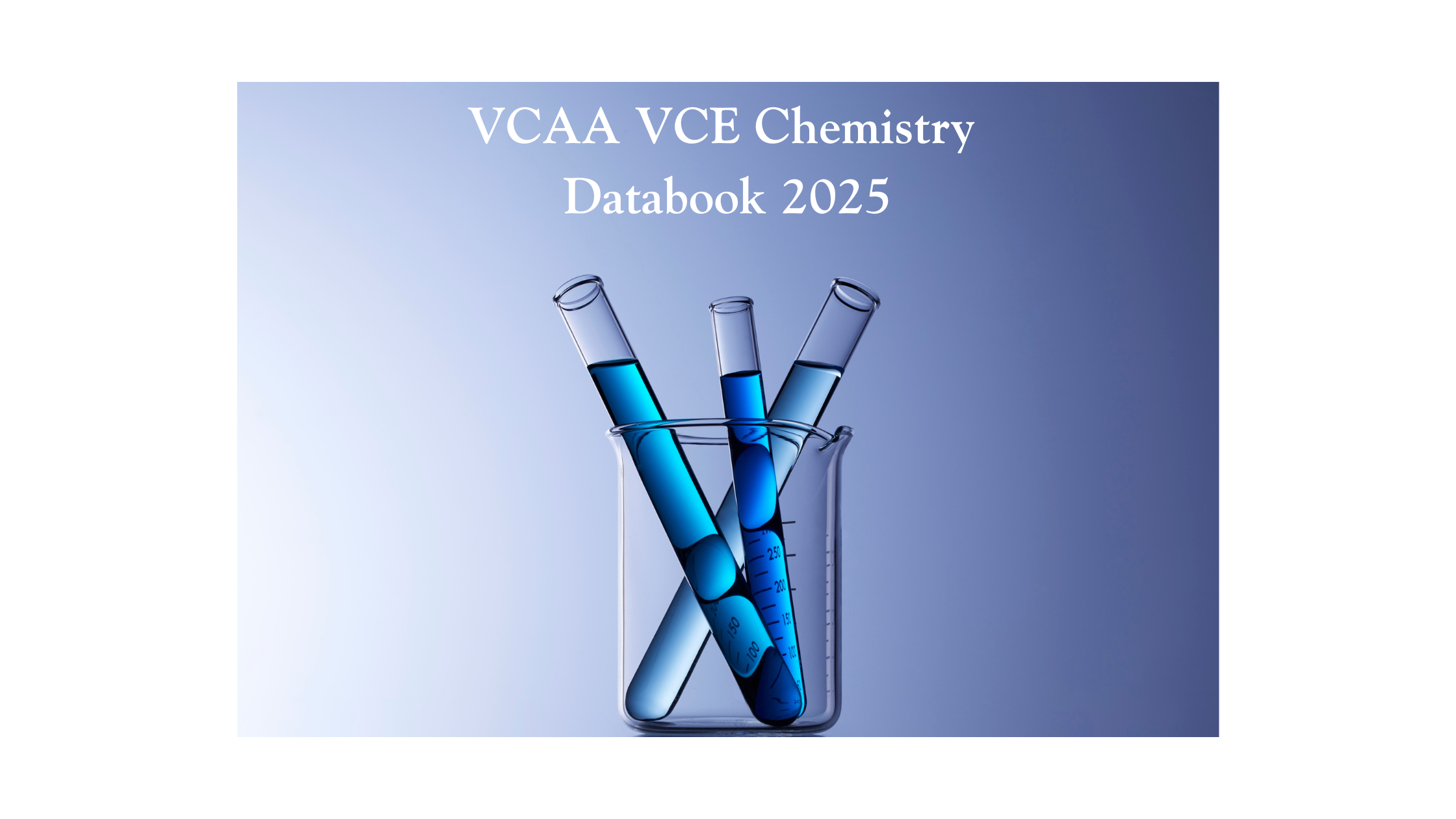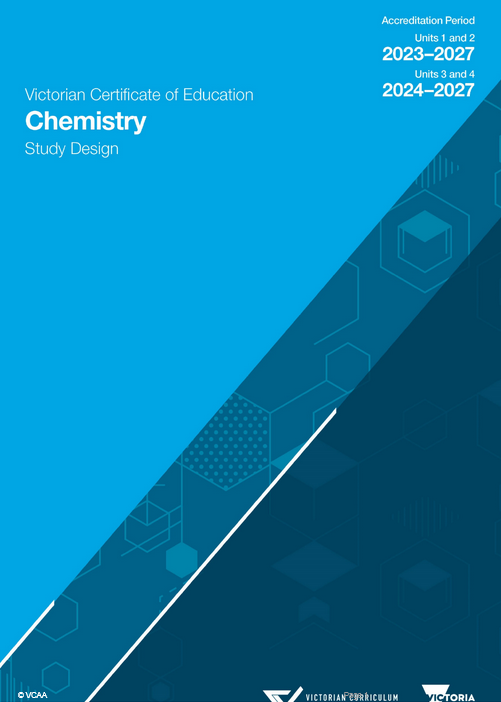You've spent the year in the lab and the library, memorizing formulas and balancing equations. You know your stuff. But you still keep losing marks on SACs and tests and feel you're going to lose marks on the VCE Chemistry Exam. Why? The secret isn't just about knowing more; it's about learning to think like the person who’s actually grading your paper.
We're pulling back the curtain and sharing the strategies a top chemistry teacher uses to help students turn good answers into great ones. This is about adopting an examiner's mindset.
Four Core Rules

Top-scoring students don't just answer questions; they anticipate what the examiner is looking for. This mindset can be broken down into four simple rules:
Precision is Power:
In chemistry, words are tools. They have to be precise. Using the right terms is a secret handshake with the examiner, telling them, "I get this on a deep level." For example, when discussing a solvent, you must explicitly state the polarity of the molecule being dissolved and then apply the "like dissolves like" principle. Similarly, when talking about enzymes, use terms like enantiomers, different spatial orientation of functional groups, and enzyme active sites to show a precise understanding.
Break Down the Problem:
When faced with a complex, intimidating problem, don't panic. Break it down into smaller, more fundamental pieces. Build your answer step-by-step from these core components. For calculation questions, don't skip steps—showing your work can earn you partial marks even if your final answer is incorrect.
Always Be Skeptical:
The VCE exam is designed to test your critical thinking, not just your memorization. Look for potential flaws in experimental designs, such as inconsistent sample preparation (e.g., orange juice from a carton vs. powder) or the use of reagents that degrade quickly. Point out if a student's conclusion doesn't restate the aim or use the results as valid proof.
Connect Structure to Properties:
This is the heart of chemistry. Always, link a molecule’s 3D structure and bonding to its observable properties. For example, in a discussion of viscosity, you'd explain that a large molecule like polyethylene glycol has strong hydrogen bonds that are hard to break, leading to higher resistance to flow. Conversely, non-polar hydrocarbons like octane have weak dispersion forces, allowing molecules to slide over each other easily, resulting in a low viscosity.
Practical Strategies
Beyond the core mindset, there are practical techniques that can make a huge difference on exam day
Pace Yourself:
- Time is a critical factor. Follow the allocated time for each section (for example, 1 minute per multiple choice question). When answering explanation-based questions, be direct and to the point, avoiding overly long answers that waste valuable time.
Utilize Your Data Booklet:
Your data booklet is your best friend. Don't go into the exam thinking you need to memorize every half-equation or molar mass. The data booklet is a powerful tool to locate specific information, such as the structures of chiral carbons or the correct half-equations for reactions like titrations. Make sure you are familiar with where to find key information to save time.
Deconstruct the Question:
Use your reading time wisely. Skim all the questions, and when you start, use a highlighter to identify keywords, command terms (like "explain," "compare," or "evaluate"), and mark allocations. This ensures you address every part of the prompt and don't miss crucial details.
Study Habits For Success
Preparing for the exam starts long before you enter the room. Adopt these habits to build a strong foundation:
Working through past exams and practice questions is one of the most effective ways to prepare. This builds exam endurance and familiarizes you with the types of questions you'll face.
Don't just re-read your textbook. Summarize each topic in your own words, using diagrams, flowcharts, and tables. This process helps you actively recall information and reinforces your understanding.
The
VCAA Chemistry Study Design is your ultimate blueprint for success.
Refer to it regularly to ensure you're studying exactly what you need to
know and not wasting time on topics that have been removed.



Comments are closed!